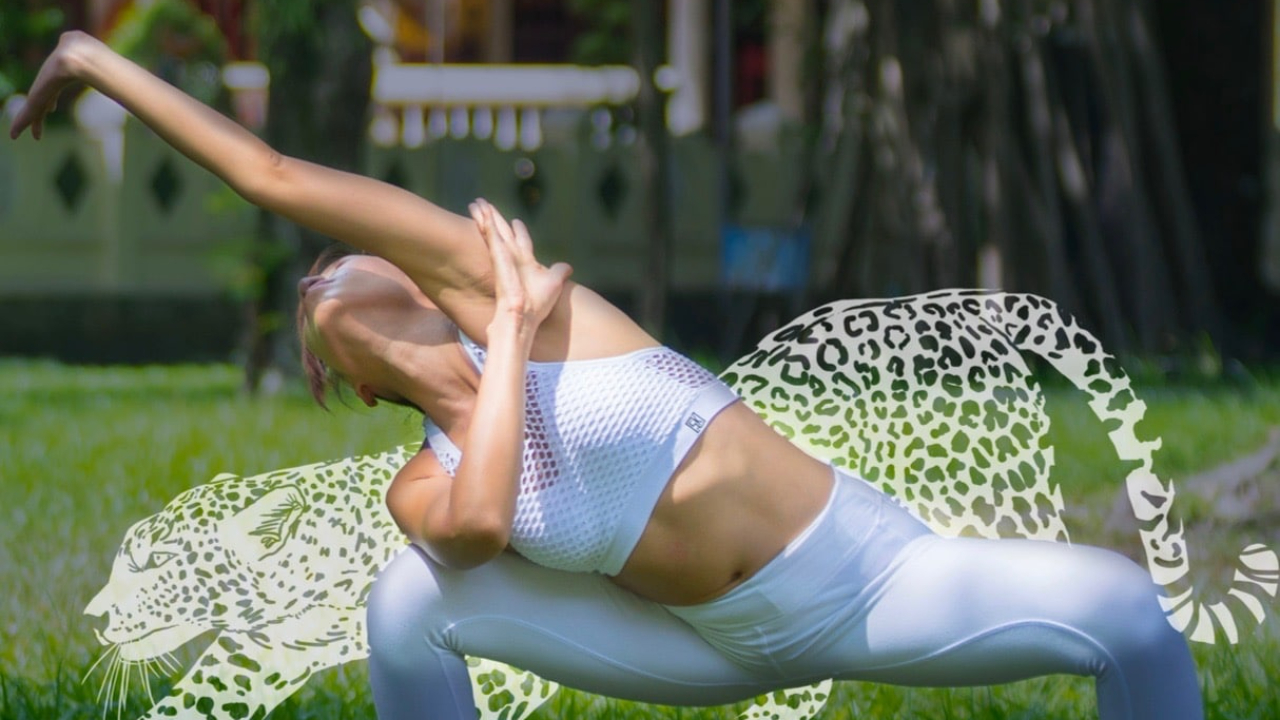
Leopard Qigong for Anger in the Liver and Balance
May 28, 2018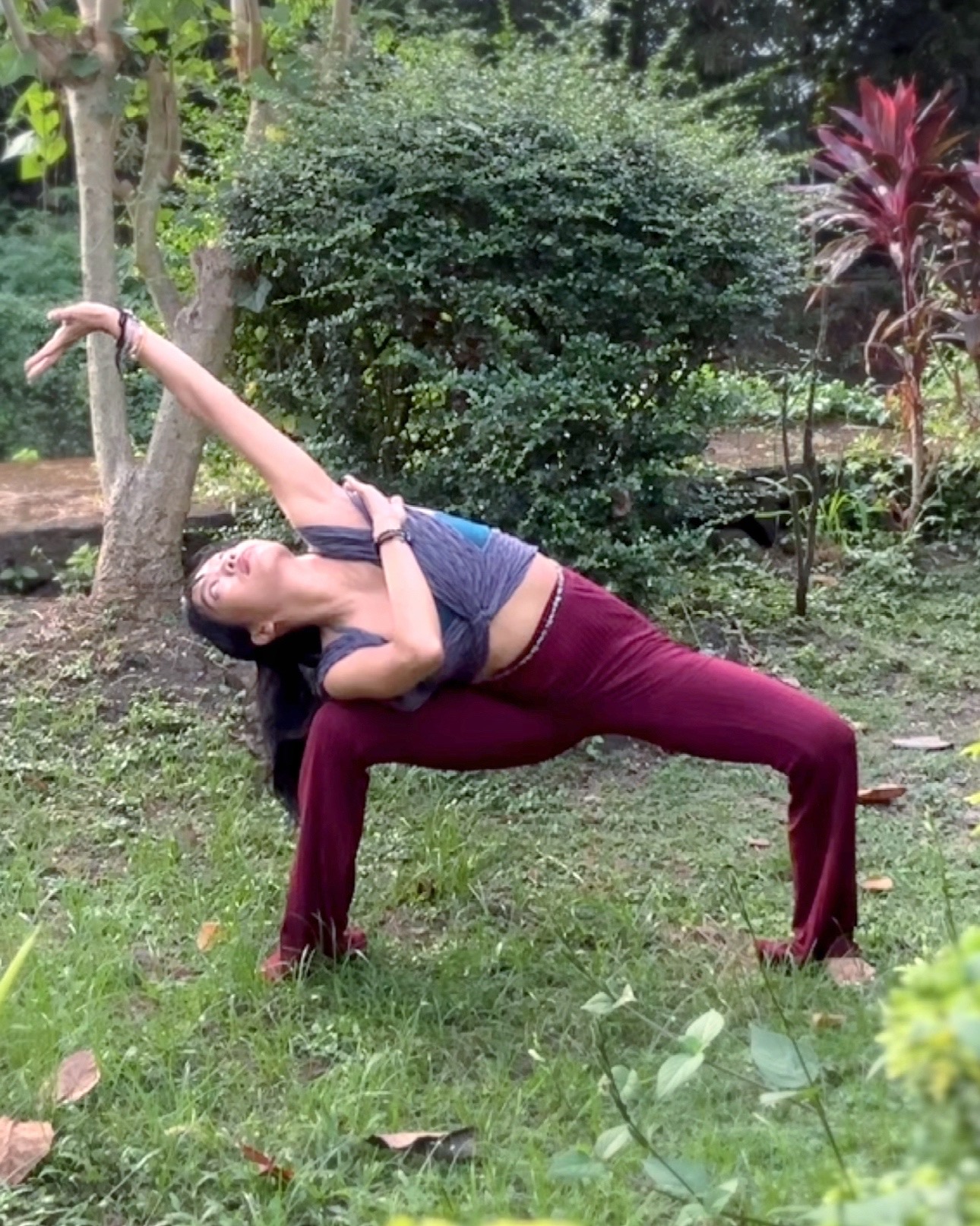
In our last two blog articles, we discovered the Dragon Qigong and how it is good for relieving lower back pain and also fear from the kidneys, and the Tiger Qigong, which helps to open tight shoulders, chest, strengthen the legs and muscles around the knees and relieve grief from the lungs. In this blog, we continue on with the 5 Element Qigong Set for the Leopard Qigong form, which is a powerful Qigong form to improve stability, balance front and back, left and right, and release anger and frustration, which is often held in the liver.
How do you cope with anger and frustration? Are you able to let go and surrender to what is happening in the moment? Do you hold on to the past, letting frustrations and resentment eat away at you, or can you stay focused in the present moment, unaffected by past traumas and dramas?
In the Peruvian Amazon shamanic tradition, the jaguar, a close relative to the leopard, is said to represent “stalking that which is stalking us”. This is a perfect metaphor for the practice of the leopard form - targeting the liver, the organ that is associated with anger and toxicity, that must purify our bodies so that we are not consumed by those things that might kill us.
The liver and detoxifies the blood, produces hundreds of enzymes and hormones, and regulates the volume of circulating blood. Oftentimes, due to poor diet, stress, irritability, and inactivity, the Liver becomes clogged and sluggish. For this vital organ to work properly, it must become decongested and supple.
The Leopard form targets the liver, squeezing the organs as we push the sides of the body together and twist. The liver is the organ of detoxification and purification. It processes impurities in the body, protecting us from them so they do not kill us.
Instructions
From the standing meditation posture, open by raising both arms forward to the chest level and then dropping them back down to the waist. From here, turn both hands as if “holding a ball”, with the right hand above the left at the level of the navel.
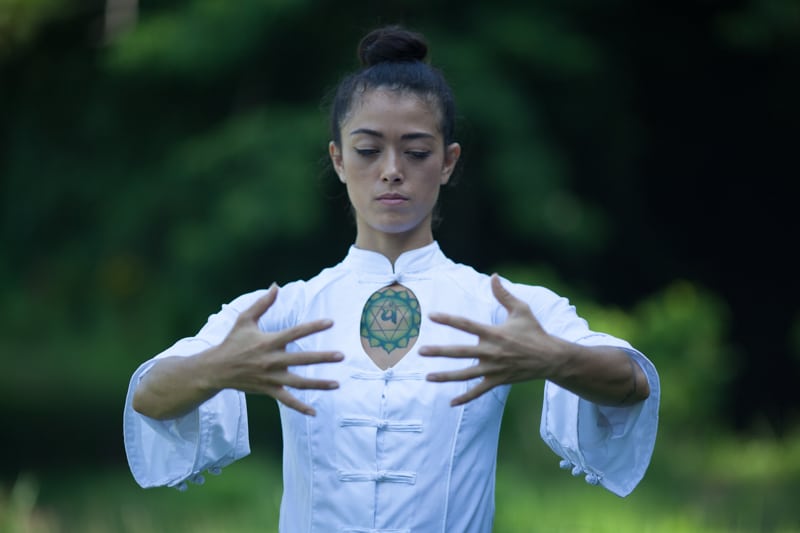
Step out with the left foot into a “bow stance” and let the right hand remain stationary as the left hand moves out laterally to the left side as if throwing a frisbee.

Once fully extended to the left, turn back and sink into a “horse stance” with the feet and knees turned out to a 45-degree angle, which opens the liver meridian. At the same time, the left-hand pushes back, behind the neck and over to the right side; in time with this movement, allow the right palm to face up as if to protect the left armpit.
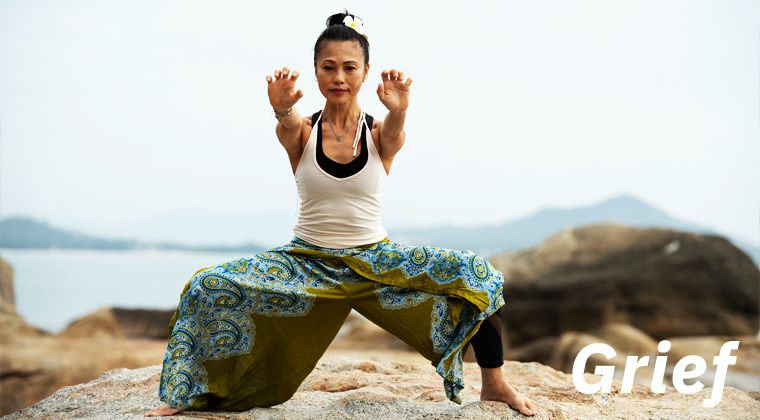
This is the full extent of the motion; try to hold it comfortably with a full breath for at least three to nine seconds while the eyes are wide open remaining fixed on the extended left hand.
From here, allow the left hand to drop down as the body returns to a “horse stance.” In a continuous motion, bring the left foot back to shoulder width and circle both hands back to “hold the ball”, with the right hand now on the bottom. Repeat this motion on the other side to complete one round; three rounds make a full set. After a full set, close and assume the Zhan Zhuang Standing Qigong posture. Stay in this meditation for at least 3 minutes.
For more detailed Leopard Qigong form instructions see the book Five Element Qigong Bundle
Anatomical and Physiological Benefits
By bending deep to the right, you compress the liver. By extending your arm, you will get an even deeper compression. With an added slight twist in your spine, your right shoulder comes forward so you will get an even deeper twist and compression of the liver, thus squeezing it out deeply.

Effects on the Fascia
The Lateral Line (LL) is involved with stability. Specifically, it is used in keeping the body stable with side-to-side movements. By bending sideways, you activate the LL. The fascia that moves up the spine is engaged in a contraction and stretching phase as well.
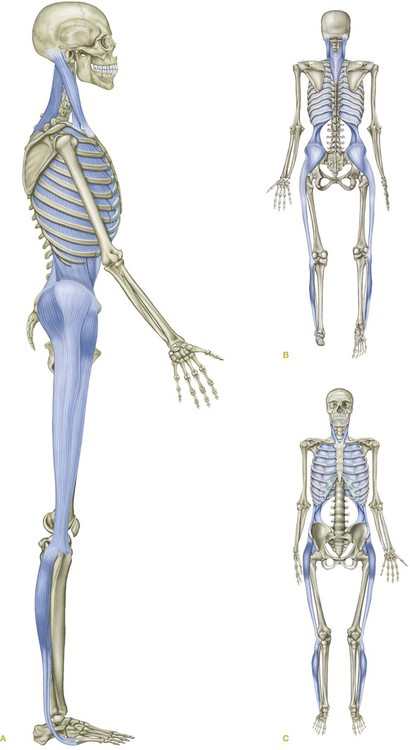
Try to feel the LL up into the neck as you twist your spine in the peak of the movement; feel your neck also gently twisting too.
The LL functions postural to balance front and back, and bilaterally to balance left and right. The LL also mediates forces among the other superficial lines – the Superficial Front Line, the Superficial Back Line, all the Arm Lines, and the Spiral Line. The LL often acts to stabilize the trunk and legs in a coordinated manner to prevent buckling of the structure during activity.
The LL can be seen in action in jogging, as the rib cage winds and unwinds with each step. You can also really feel this LL engagement in the Leopard, with the deep twist at the peak of the movement.
Effects on Meridians
By opening the groin, legs and feet outwards, we activate the liver meridian.
*This article is an excerpt from the book Five Element Qigong Bundle
Learn more about Emotional Balance in our free Emotional Balance Live Web class our check out our Qigong for Stress and Anger Online Course.
Study Leopard Qigong and other 5 Element Qigong forms at one of our Qigong events in Thailand and other locations around the world.
You can also see it in action in the 5 Element Qigong Online Course.



